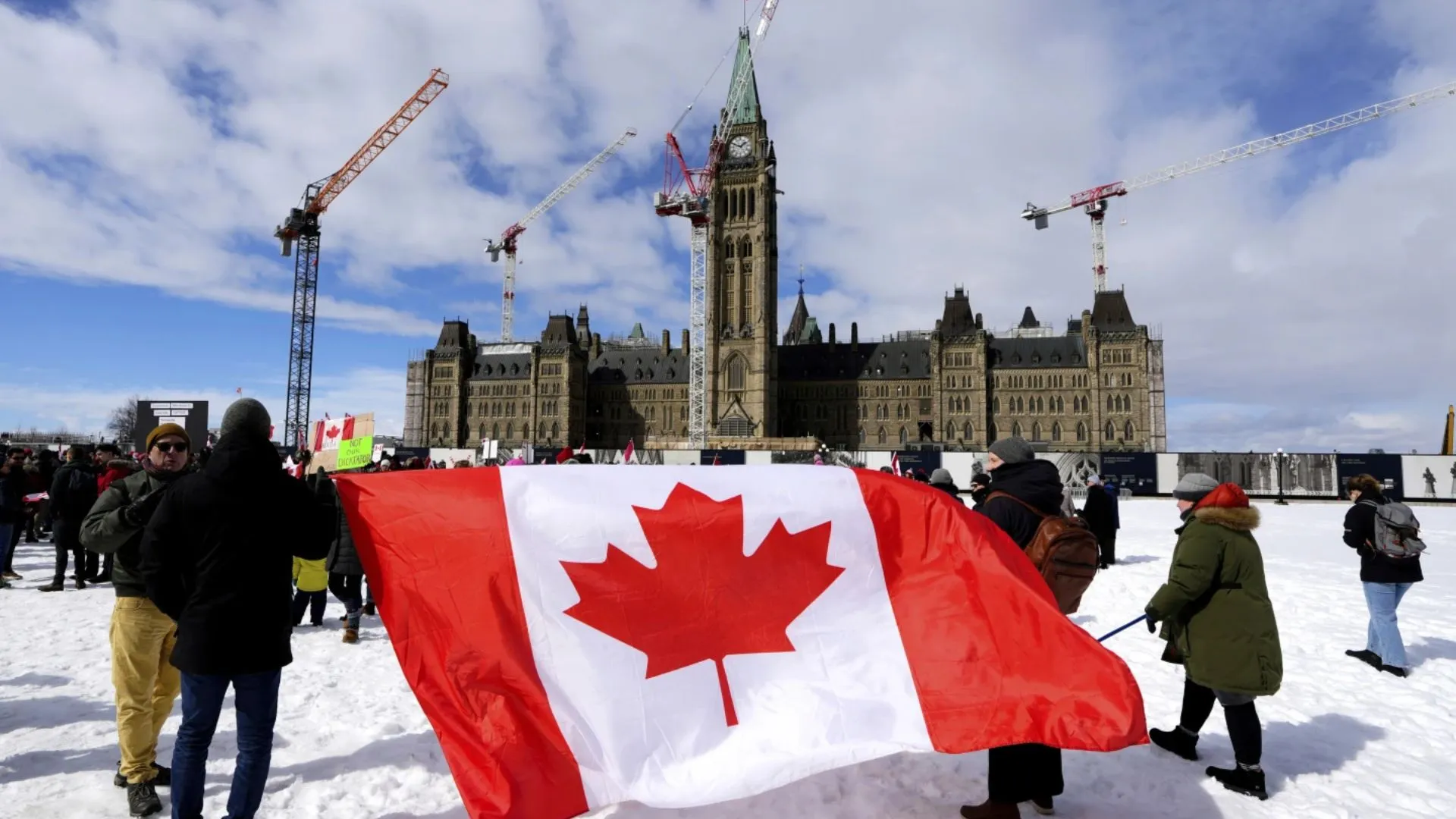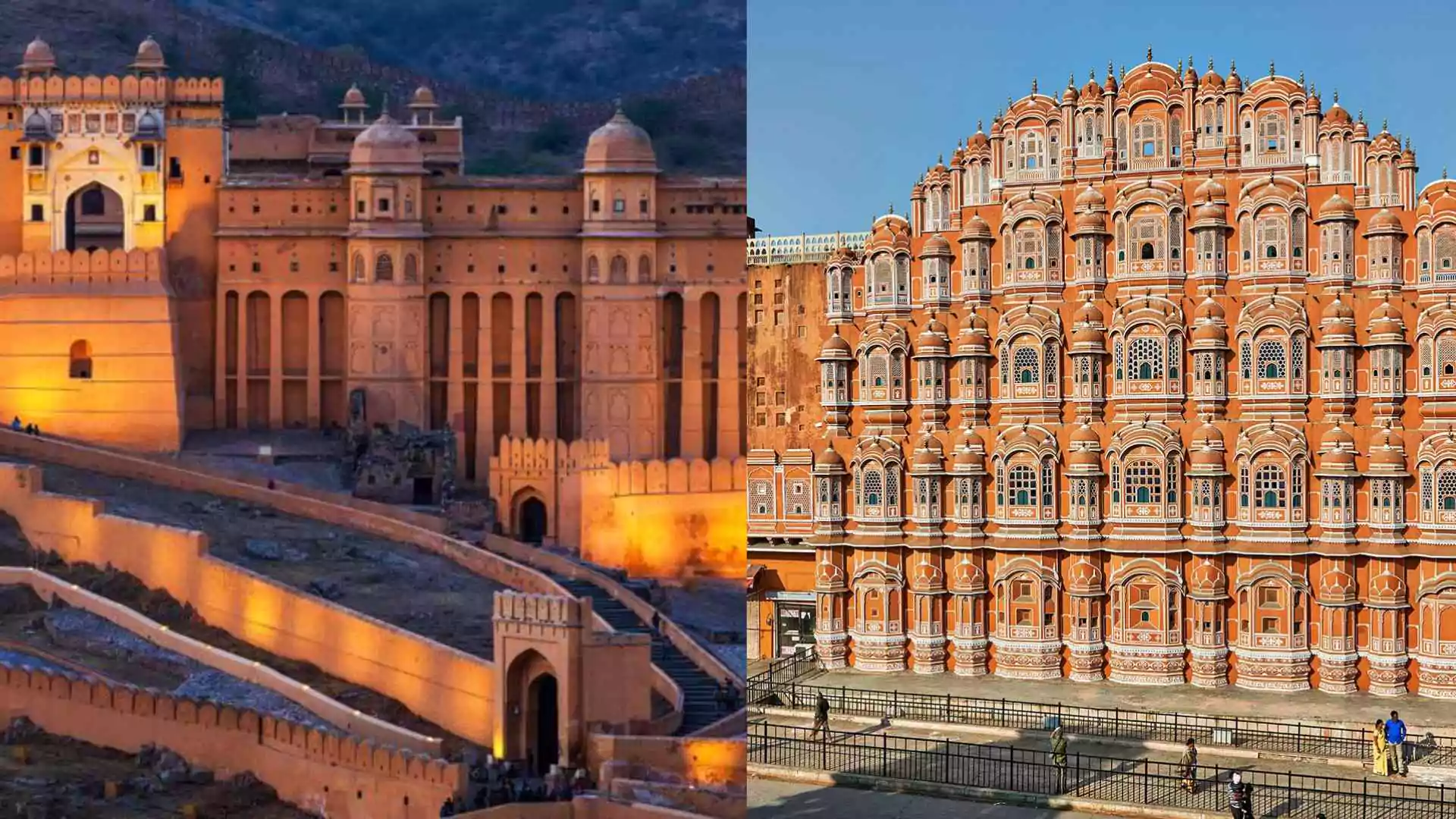The streets of Mandalay, Myanmar’s second-largest city, are filled with the haunting scent of decaying bodies as desperate residents work tirelessly to clear the rubble, hoping to find survivors. The devastating 7.7 magnitude earthquake struck on Friday, killing more than 1,600 people and leaving many trapped beneath collapsed structures.
With the city’s infrastructure severely damaged, rescue operations are progressing slowly, hindered by difficult conditions and limited resources.
Desperate Search for Survivors Amidst Wreckage
The earthquake’s epicenter was near Mandalay, causing buildings to crumble and damaging crucial infrastructure, including the city’s airport. Many survivors have been forced to sleep on the streets, either because their homes were destroyed or due to fear of aftershocks. A powerful 5.1 magnitude tremor on Sunday afternoon sent fresh waves of panic through the city, but rescue efforts continued undeterred.
With temperatures soaring to 41 degrees Celsius (106 degrees Fahrenheit), locals have been digging through debris with their bare hands and shovels. The absence of heavy equipment has made the rescue process excruciatingly slow. Occasionally, a tracked excavator can be seen assisting in the efforts, but most of the search is being carried out manually by volunteers.
Infrastructure Collapse and Foreign Aid Arrivals
The extent of the devastation is still unknown, with many affected areas yet to be reached. Reports indicate that at least 1,644 people have died and over 3,400 others have been injured, but the numbers are expected to rise. Hospitals are overwhelmed, facing severe shortages of medical supplies, clean water, and essential medicines.
Cara Bragg, the Yangon-based manager of Catholic Relief Services, noted that most relief efforts so far have been driven by local volunteers. “It’s mainly been local people trying to find their loved ones,” she said. Some international search and rescue teams are arriving, but the scale of destruction remains overwhelming.
Myanmar’s Mandalay airport is heavily damaged, and the control tower at Naypyitaw’s airport has collapsed, suspending all commercial flights. The country’s military government has prioritized relief for government buildings, leaving civilians and aid organizations to handle much of the residential recovery work.
Foreign aid has started to arrive, with two Indian C-17 military transport aircraft landing in Naypyitaw on Saturday, carrying medical personnel and supplies. A Chinese convoy carrying emergency relief items is making its way to Mandalay, despite the challenging journey. However, logistical difficulties, including damaged roads and bridges, continue to slow down aid distribution.
Civil War Further Complicates Relief Efforts
Beyond the destruction caused by the earthquake, Myanmar’s ongoing civil war is making rescue efforts even more difficult. The military government, which seized power in 2021, has been engaged in violent conflict with opposition forces. Many areas affected by the earthquake are also zones of heavy fighting, making it nearly impossible for aid workers to reach those in need.
Tom Andrews, a U.N.-backed human rights monitor, has urged the military to halt hostilities immediately. “Aid workers should not have to fear arrest, and there should be no obstructions to aid getting to where it is most needed,” he said. With each passing hour, the chances of finding survivors dwindle, making swift and unhindered relief efforts all the more critical.
ALSO READ: Shane Warne’s Death: Dark Secret Involving ‘Sex Drug’ Removed From Hotel Room Revealed?























